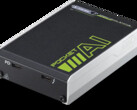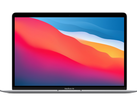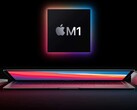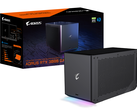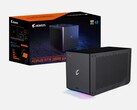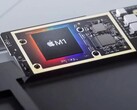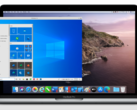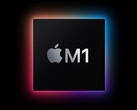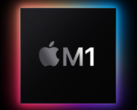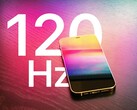Apple has finally debuted its first series of new Apple silicon-powered Macs and the chip side of things is far more interesting than the new devices. After all, they continue with the same designs as the Intel-powered MacBook Air, Mac mini and 13-inch MacBook Pro they replace. Although Apple is renowned for how smoothly it has handled architectural transitions like this in the past, there will inevitably be some hiccups along the way.
The most major issue to surface so far is that Apple has acknowledged the new Macs won’t support eGPUs over Thunderbolt 3. This is despite the fact that the Thunderbolt 3 protocol is built into the new USB 4 ports Apple has fitted to each of these new Macs. Apple even sells the Black Magic Design eGPU through the Apple Store, so the lack of eGPU support on the new Apple silicon Macs is something of a blow. With Apple now using its own GPU tech in Macs, it is probably not keen on supporting third-party graphics drivers any longer.
Another interesting detail to emerge about the M1 chip is that there are two variants of it among the new releases. The M1 in the entry-level MacBook Air only has a 7-core GPU while the M1 found in the higher-end MacBook Air models features the same 8-core GPUs found in the new Mac mini and 13-inch MacBook Pro. This is a similar approach that Apple took with its A12X Bionic and A12Z Bionic -- the former had a 7-core GPU and the latter an 8-core GPU. Similarly, the two M1 SoC variants are probably the result of 5 nm yield issues with the 7-core variants a binned part.
With the M1 chip likely closely related to the A14X Bionic (which is expected to make an appearance in the next iPad Pro series), we can probably expect to see Apple do something similar again. If we were to place a bet on it, the odds are that the A14X Bionic will probably feature the same binned 7-core GPU parts. Whether we eventually see an A14Z Bionic with 8-core GPU is another matter, however. With Apple using its silicon in Macs now, it is likely that only the iPad Pro and entry-level MacBook Air will get the 7-core GPU parts moving forward.


 Deutsch
Deutsch English
English Español
Español Français
Français Italiano
Italiano Nederlands
Nederlands Polski
Polski Português
Português Русский
Русский Türkçe
Türkçe Svenska
Svenska Chinese
Chinese Magyar
Magyar

